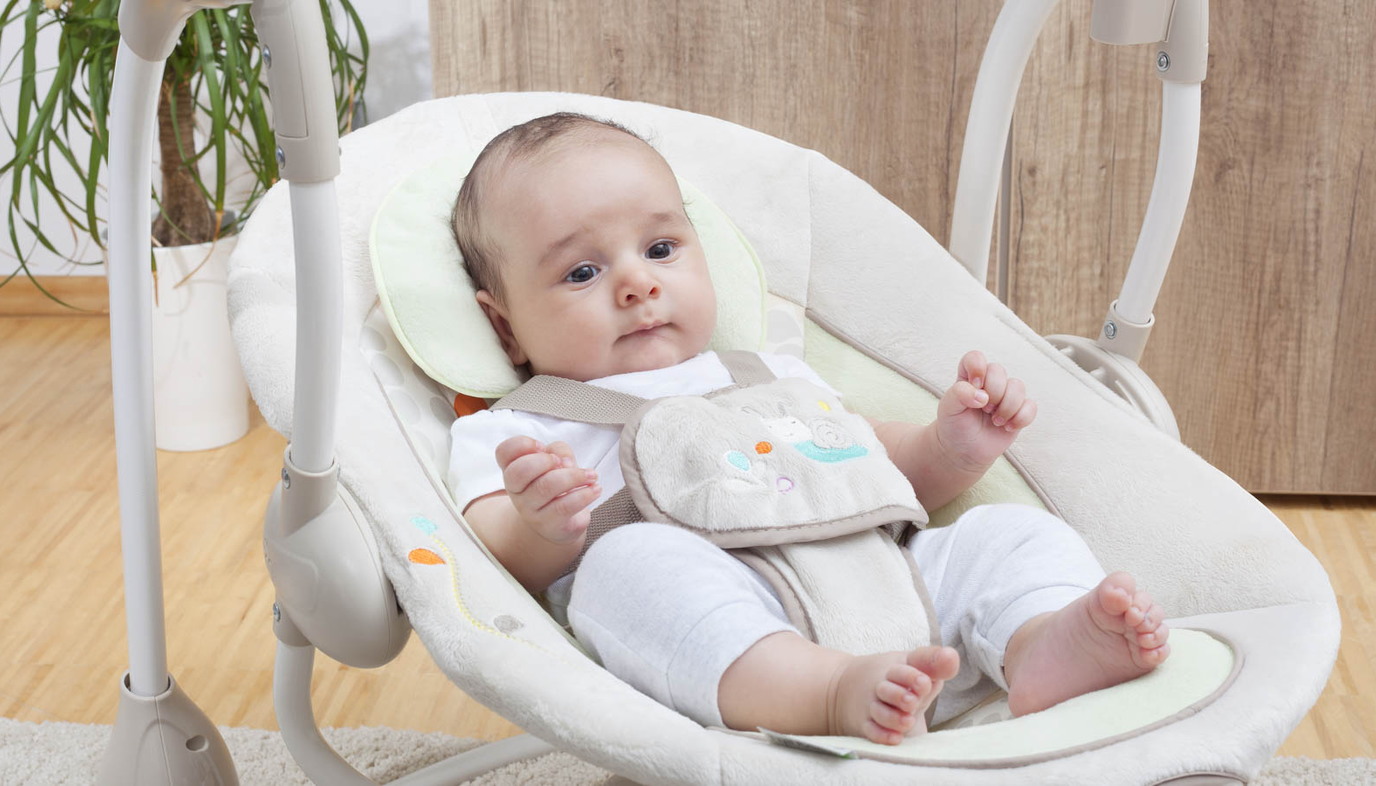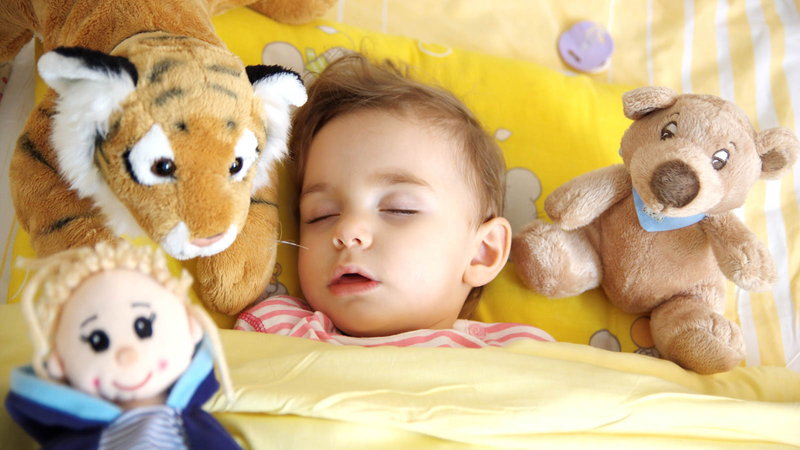
Many parents dread the idea of “sleep training” because they fear that it will involve many hours and nights of listening to their child scream and cry. However, there are several techniques for getting your baby to sleep that don’t involve tears. If you don’t like the idea of using a “cry it out” method, or if you have tried those methods and they haven’t worked for you, you should look into one or more of the “no-cry” sleep training techniques.
The general idea behind the “no-cry” methods is that a child should have happy and comfortable associations with going to sleep. A child who is left to cry himself to sleep, the theory goes, may develop lasting fears or negative sleep associations. “No-cry” sleep practitioners advocate lulling and soothing your baby to sleep, with the idea that you can teach your baby to sleep peacefully if you have the patience and time to work slowly over several weeks or months.
The Experts on "No-Cry"
Pediatrician William Sears is probably one of the best-known “no-cry” advocates. His attachment parenting philosophy calls for keeping your baby close, even co-sleeping, so that your child feels comforted and loved throughout the day and night. Sears’ recommendations can be boiled down to the following:

- Giving your child a full amount of love, attention, and stimulation during the day, including making sure she is well-fed (but not too full).
- Rocking, patting, nursing, or even driving your child in the car until she falls asleep.
- Creating the most comfortable possible environment for your child to stay asleep (a darkened room that is not too cool or too hot, comfortable pajamas, a soothing monotonous noise if necessary).
- Using a hands-on touch, either a reassuring stroke or a rhythmic pat, if she wakes up in the middle of the night. Ideally, if you can reach her when she is starting to stir and not fully awake, you may be able to keep her from waking up altogether.
Another no-cry advocate, parent educator Elizabeth Pantley (author of “The No-Cry Sleep Solution”), calls for a slow, methodical withdrawal from the traditional sleep associations such as the breast or bottle. If your child falls asleep while nursing, for example, you gradually begin to pull away sooner each time so that soon she is only nursing until she is drowsy and you can place her in her crib. Eventually she will learn to sleep without the sucking association. Pantley also advocates use of a sleep phrase such “Sleepy time” that you can say quietly and repeatedly as you soothe your child, so that your child will associate that phrase with sleeping.
Nurse Tracy Hogg (the late author of “Secrets of the Baby Whisperer”) created a slightly different no-cry approach, urging parents not to rely on sleeping associations such as nursing or rocking. However, when the baby cries, the theory goes, you should go to her, pick her up, reassure her, put her down, and then repeat as many times as necessary until the baby goes to sleep.

Settling in For a Journey
All of the “no-cry” advocates caution that helping your child learn to sleep through the night is not an overnight process; in fact it may take several weeks or even months. If you feel that you are not getting anywhere with these techniques, or if you decide that you’d rather endure a few tears to get the job done faster, you may want to look into some of the “cry-it-out” sleep training strategies. But above all, don’t make yourself crazy worrying about which technique you’ve chosen. As the saying goes, you won’t be rocking your child to sleep when he or she is in high school. With time and patience, even the most wakeful babies eventually start sleeping through the night.
